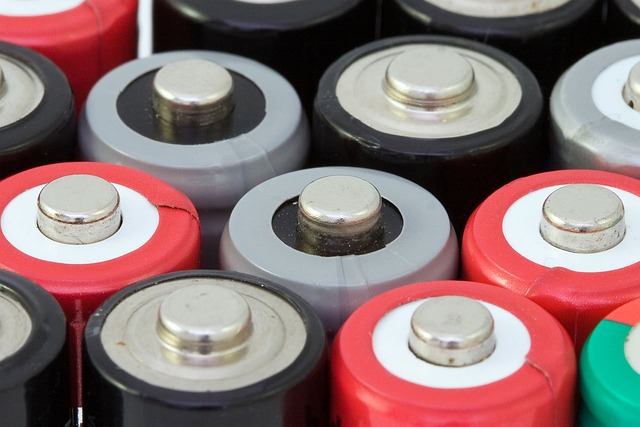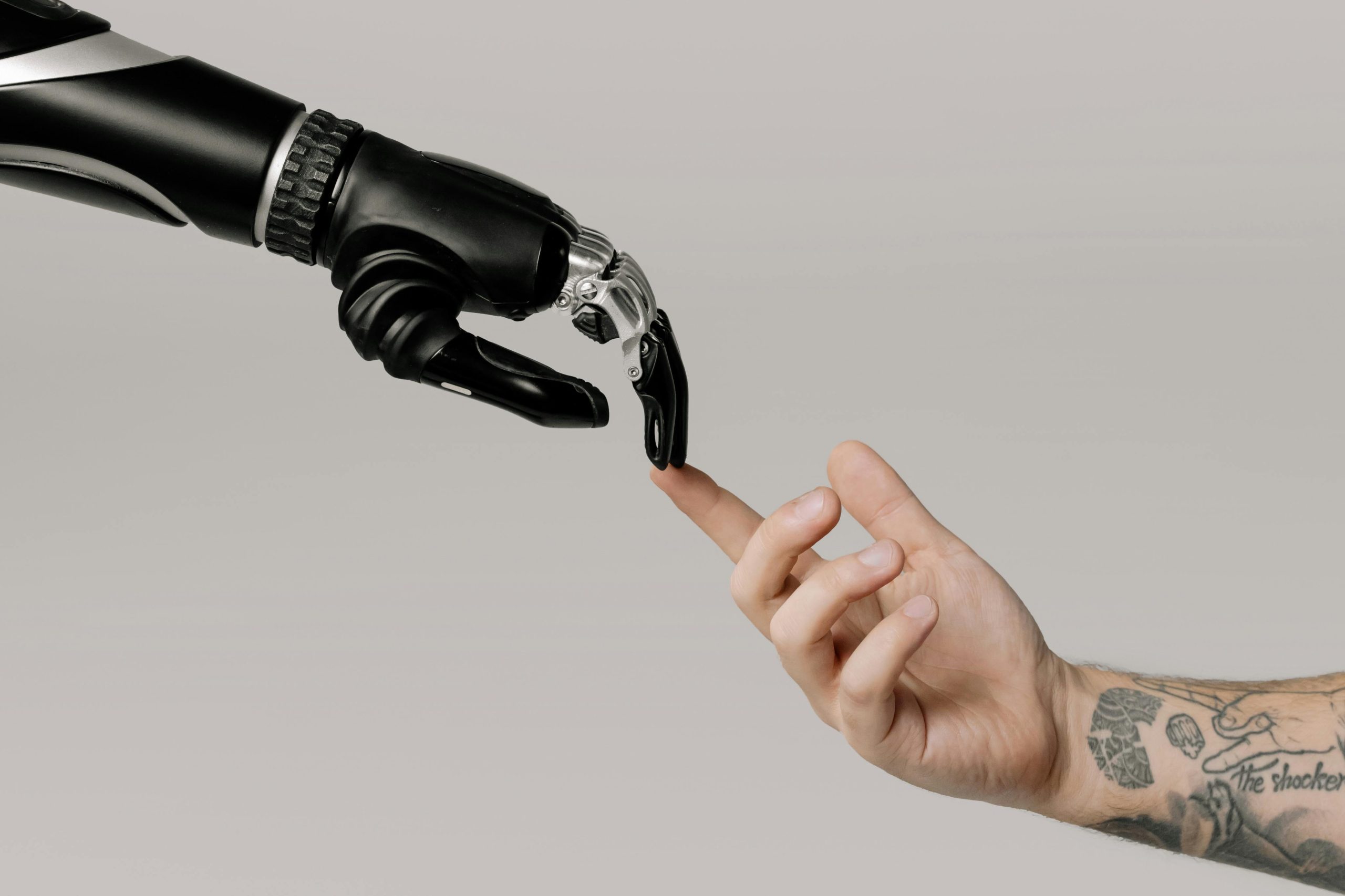Oxygen-ion batteries could change the energy industry!

Lithium-ion batteries are a breakthrough in energy technology. They’re in everything from electric cars to mobile phones. They are also extremely efficient at storing energy, so you can put a lot of power into a small battery.
But lithium-ion batteries have several drawbacks. The batteries are made from materials that can only be obtained in an environmentally damaging way, they degrade over time and start to store less and less energy, and they can catch fire on their own under certain conditions.
A team from the Vienna University of Technology in Austria is trying to solve these problems with their new invention: the oxygen-ion battery. According to the researchers, oxygen-ion batteries work in a similar way to lithium-ion batteries. Ions – atoms that gain an electrical charge by gaining or losing electrons – jump between two surfaces and create an electric current. In the case of these new batteries, these surfaces are made of ceramic.
“We have had extensive experience with ceramic materials that can be used for fuel cells for some time,” Alexander Schmid, one of the developers of the oxygen-ion battery, said in a press release. “This gave us the idea to investigate whether such materials could also be suitable for battery production.”
Ceramic oxygen-ion batteries are not made from any materials that would harm the planet when extracted, are completely resistant to ignition and do not degrade. According to the team, the oxygen-ion battery is essentially infinitely rechargeable. It is this long lifetime that the researchers are most excited about, as it makes the battery hugely important in the field of green energy. When you collect energy from, say, a wind turbine or a solar panel, that energy has to be stored somewhere before it gets to the devices that will use it. To make such a system work, you need a battery that can be recharged almost constantly. But these new energy storage systems are not a solution for everyone. The batteries don’t have the same energy density as lithium-ion batteries (so they are less efficient) and they get hot (200 to 400 degrees Celsius).
Source, photo: popularmechanics.com, pixabay.com
Author of this article
WAS THIS ARTICLE HELPFUL?
Support us to keep up the good work and to provide you even better content. Your donations will be used to help students get access to quality content for free and pay our contributors’ salaries, who work hard to create this website content! Thank you for all your support!




OR CONTINUE READING